Let’s talk about ears. Yes, ears. I don’t know about you guys, but - while they aren’t anything special - I like mine, and I would be devastated if something happened to them (I don’t think I could quite pull off the van Gogh look).
But in all seriousness, I think a lot of us take our hearing for granted. I know I sure did for a long time. I think a lot of us assume that just because we don’t have any hearing issues now, we don’t need to worry about the unglamorous sides of raving, such as protecting our ears. Well, my fellow music lovers, I’m here to tell you that this couldn’t be further from the truth.
If I’m being honest here, I didn’t always take ear protection at festivals seriously. In fact, it wasn’t something that crossed my mind until I met my boyfriend, Jake. (If you haven’t already, you can check out this article for a back story on his condition).
While Jake’s condition wasn’t caused by improper ear care at music events - in fact, he actually wore earplugs even before his condition - tinnitus and hearing loss are very real, very common symptoms that result from ear damage caused by loud music.
Long exposure to sounds over 85 decibels can cause permanent hearing loss. Most festivals range between 95-110 decibels. Not-so-fun fact: that ringing you hear after a festival or concert is the sound of damage being caused to the tiny hairs in your ears. Long story short, hearing protection at shows is super important.
Now, I know you’re probably thinking, “but I won’t be able to hear the music as well if I have earplugs in! I don’t want to kill my experience :(.”
Don’t worry! This is actually a huge misconception, and I’m here to debunk it :) Hooray!
Speaking from personal experience, I can tell you that earplugs do not prevent you from hearing the music. I wear them to every music event I attend, and I can still hear every wub, dub and drop perfectly, and yes, still loudly!
While it depends on the type, a lot of ear plugs simply filter out the excessively loud sounds while still allowing you to enjoy the sound at a safe level. In a lot of cases, the music doesn’t sound muffled or distorted.
Here’s a review of several different earplugs I’ve had experience with:

EarPeace creates professional grade, high-fidelity hearing protection in three different styles: EarPeace HD for musicians and fans of live music (this is the one I have), EarPeace M for motorcycle riders and motorsports enthusiasts, and EarPeace S for anyone working in loud environments.
Cost: EarPeace HD plugs are $20.00 USD
The Good: What’s great about EarPeace is they cause little to no distortion of the original sound with all frequencies. The experience is very similar to how it would sound if you weren’t wearing plugs at all, just without the damage (this is what is meant by high fidelity). The EarPeace HD plugs come with three filter sets - medium, high, and max protection - so you can adjust to your environment. I wore these plugs when I went to Shambhala, and I have to say out of all the plugs I’ve tried EarPeace was probably the most comfortable. They also come with a really convenient carrying case that can be clipped onto your keys or fanny pack.
The Cons: I will say that when the decibel level of the music reached over 100, I did find that these plugs caused more vibrations in my ear than usual.
Overall, I really love these plugs and I would definitely recommend them to anyone looking to invest in a solid pair of hearing protection that’s relatively inexpensive. They are also reusable, just be sure to wash them after each use. You can learn more and buy them here.

Just like EarPeace, Party Well earplugs are also professional grade, high fidelity plugs. Party Well only offers a single style of plugs - the Hi-Fi Earplugs for Charity. Like the name suggests, Party Well is awesome because 100% of their event profits fund wells in developing countries, and every product sale will fund clean water. (Hooray)! I also tried these out while at Shambhala, and as far as quality goes I would rank them in the same calibre as EarPeace. Party Well’s filters lower the Hi’s, Mid’s, and Low’s by 21 decibels, so the music comes in clearly and safely. However, due to their longer design I found that these plugs weren’t quite as comfortable as EarPeace, although they were still fairly comfortable and discrete. Their long design did play to some benefit, though. I was able to push them further into my ear, which helped reduce a lot of the extra vibrations I felt while wearing EarPeace. Party Well plugs also come with a handy carrying case that be clipped onto keys or a fanny pack. Still at a reasonable price, Party Well plugs come in at a regular price of $29.95 USD. These plugs also earned my stamp of approval and a high recommendation. In my opinion, choosing between either Party Well or EarPeace really just comes down to preference. These are also reusable, just wash them after each use. Learn more & buy them here.
Foam Earplugs:

These are the earplugs you often see being handed out at shows, or at the hardware store. What’s great about these is a lot of festivals have these plugs readily available, and they are often either given away for free at events or sold for just a few bucks. Foam plugs offer a lot of protection because the foam expands within your ear canal, leaving very little room for sound to enter. While you can still hear the music, these aren’t high fidelity plugs so the sound quality does get distorted to some extent. (Remember, these are designed to cut out the maximum amount of sound, not just extreme pitches). The foam design does offer greater benefit in regards to safety, as they cut out more decibels than hi-fi plugs. When wearing foam plugs, it’s really important to make sure you put them in and take them out correctly. To put them in:
- With clean hands, pinch, squish and roll then plug into as narrow of a tube as possible
- Reach over your head with your other hand, and gently pull your ear outwards and upwards to help open the ear canal
- Insert the rolled plug into your ear with a slight turning motion. The entire plug should fit inside your ear, with only a small amount sticking out. Hold your ear in place for about 30 seconds so the foam has a chance to expand without working its way out.
- If the plug is not inserted properly/too much is sticking out of your ear, take it out and try again.
While it isn’t incredibly common, you do run the risk of a foam plug breaking off while still in your ear. Although, this is more common if it is inserted improperly. If this happens to you, don’t panic! Do not try to pull it out yourself (your finger may push it deeper into your ear canal). Instead, head towards the nearest medical tent. They will remove the plug with a pair of tweezers.
Foam plugs are great for a cheap, easy, safe music experience. If you’re looking for extra protection, or a cheaper route, go with a pair of foamies. These plugs are only for single use, then they must be thrown away. You can buy a pair at the local hardware store or on Amazon. Pro tip: buy in bulk and bring extra pairs for your squad! #RaveMom
Custom Molded Earplugs

This is the godzilla of hearing protection. Personally, I haven’t had experience with a pair of custom molded plugs. However, they were one of the major reasons why my boyfriend, Jake, was able to return to the music scene again, so I would definitely recommend these to anyone with sensitive ears or someone looking for the max amount of ear protection. Just as you would expect, these plugs are created by taking custom molds of your ears, resulting in a shape and design that is tailored perfectly to you. With custom molds, you can get different degrees of sound filtration depending on your individual needs. In Jake’s case, he went with the maximum amount of sound reduction (full coverage, no filter), meaning his ears are protected AF. This also means that the sound quality is distorted and very quiet, but as I mentioned you can adjust the plugs to fit your specific needs. Since these are crafted to fit your individual ear, this is the most comfortable plug option. You will need a visit a hearing care professional in order to grab a pair of these bad boys. Unlike other plugs, custom molds typically fill the entire ear as opposed to just the inner-ear canal. These plugs can get pricey, typically coming in between $100-$150 dollars. If you’re looking to invest in a really amazing pair of plugs, talk to your hearing professional about if custom molds are right for you. Custom molded plugs are reusable, just be sure to wash them after every use. While they may seem a bit extreme, custom molded plugs allowed Jake to enjoy music events again (even if at a quiet volume), so I would highly recommended speaking to your doctor if you haven’t found luck with other plugs.
There are tons of different earplug brands out there, all ranging in price and quality. Before making your purchase, I suggest doing some research to discover which brand and style is right for you. Remember, any plug is better than no plug. So, make sure you grab a pair before hitting your next event. Take care of your ears now so you can enjoy the music for many years to come.



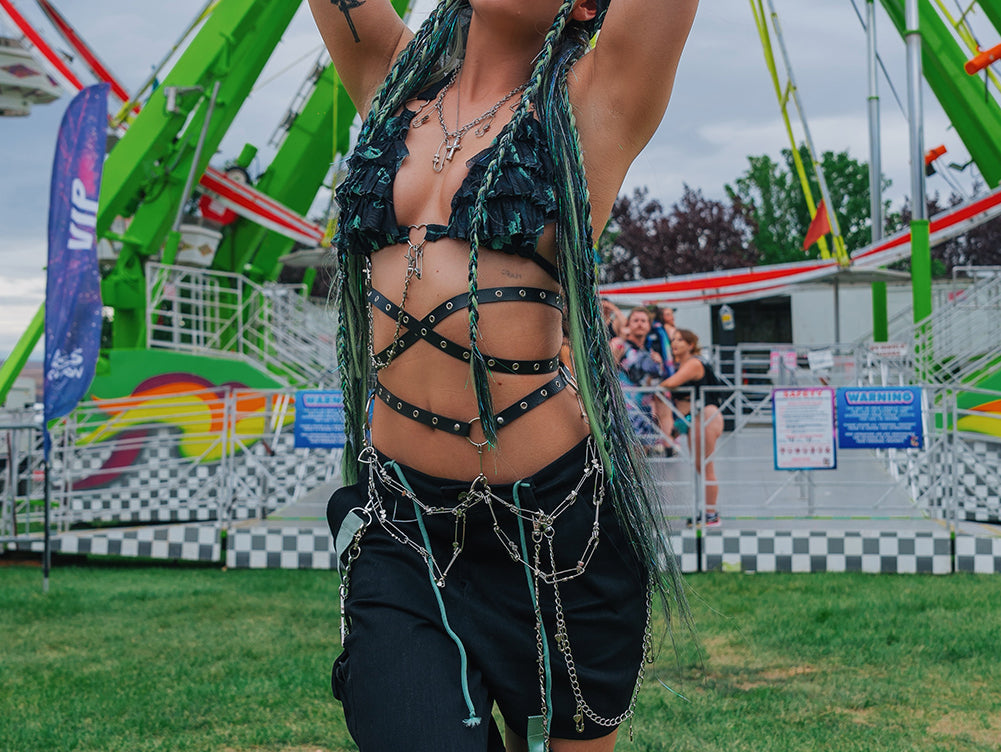

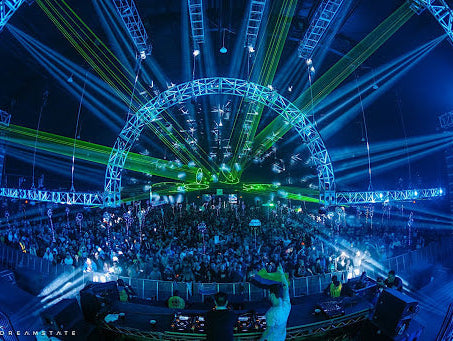
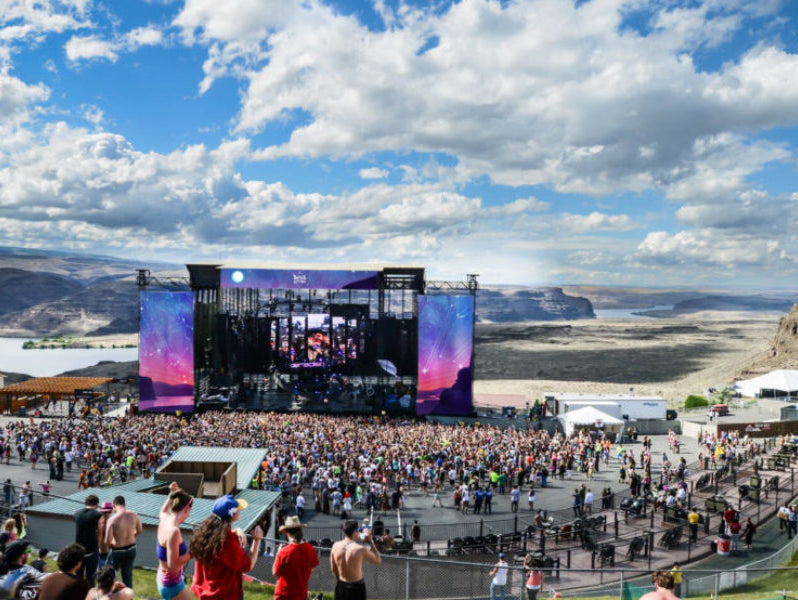
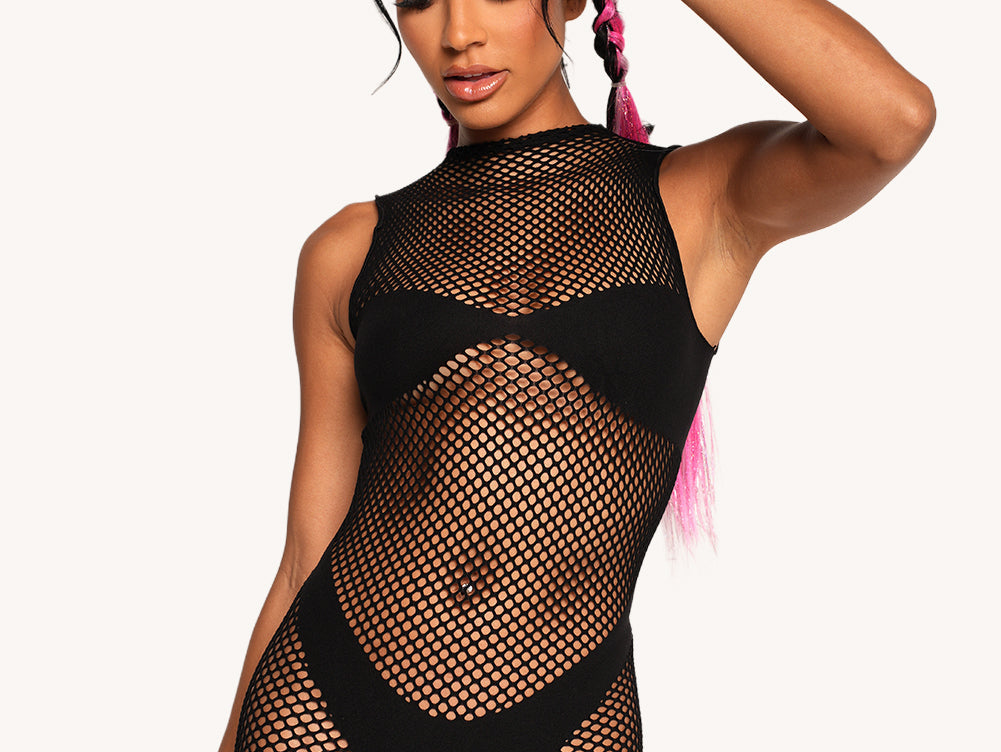
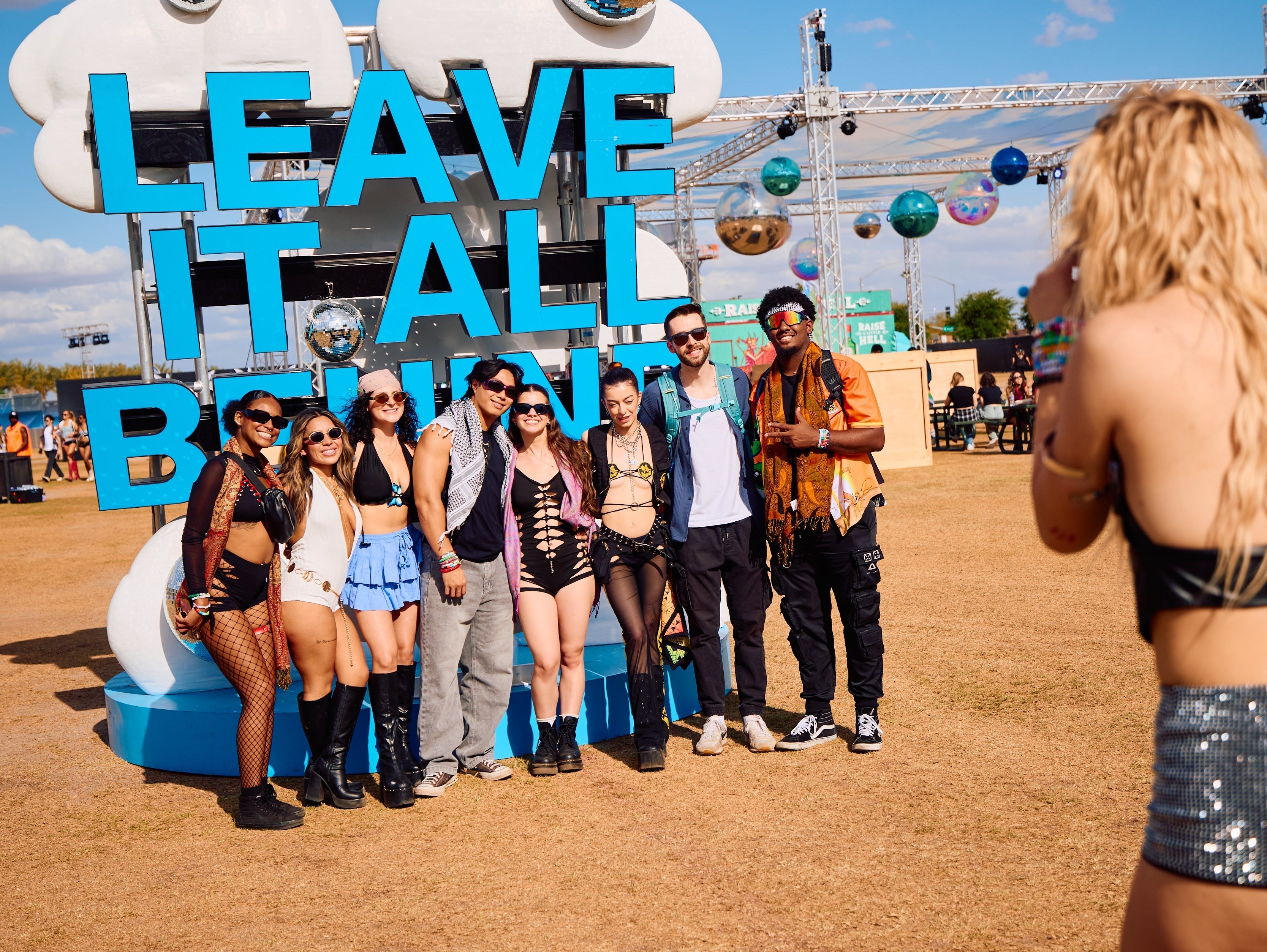
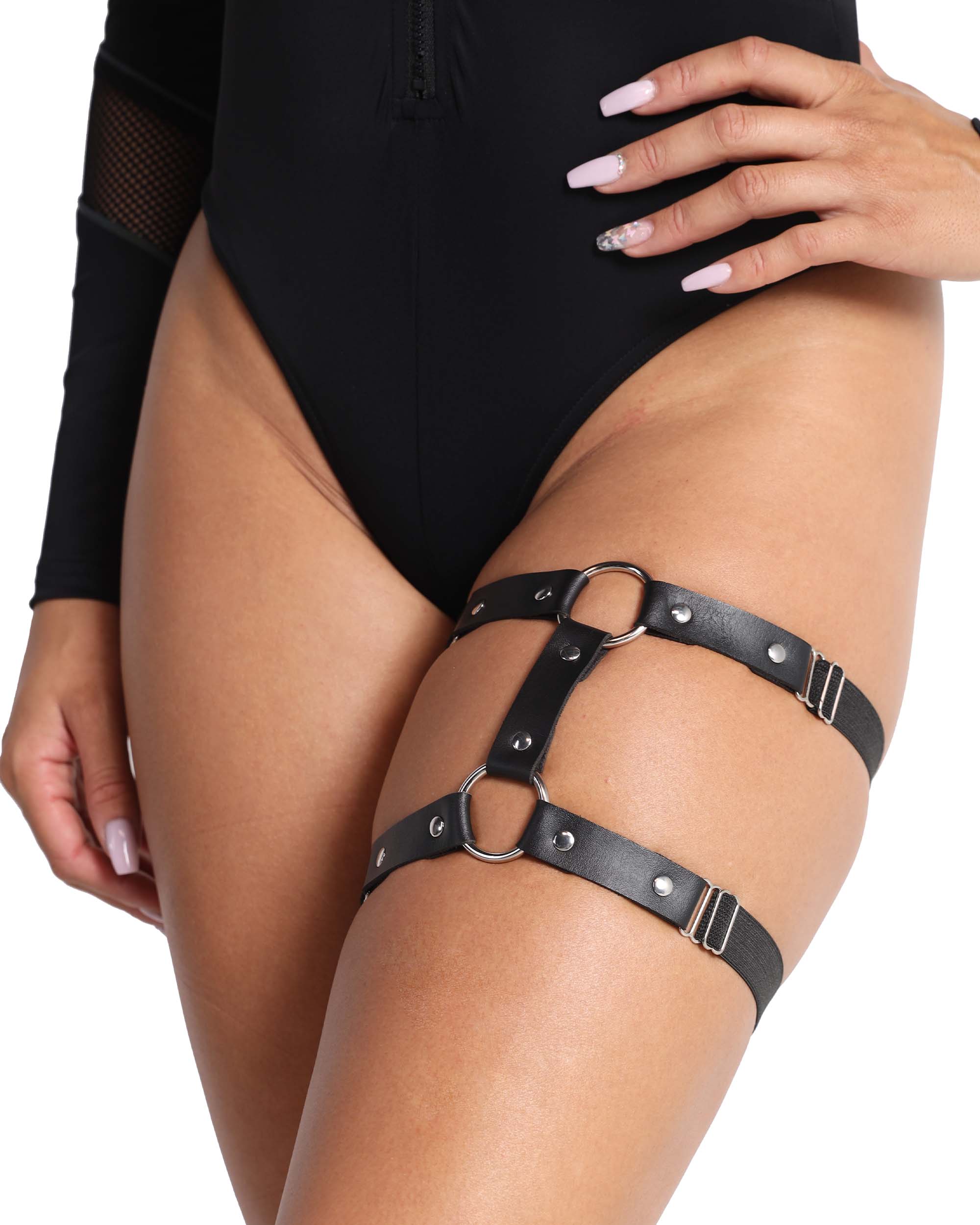

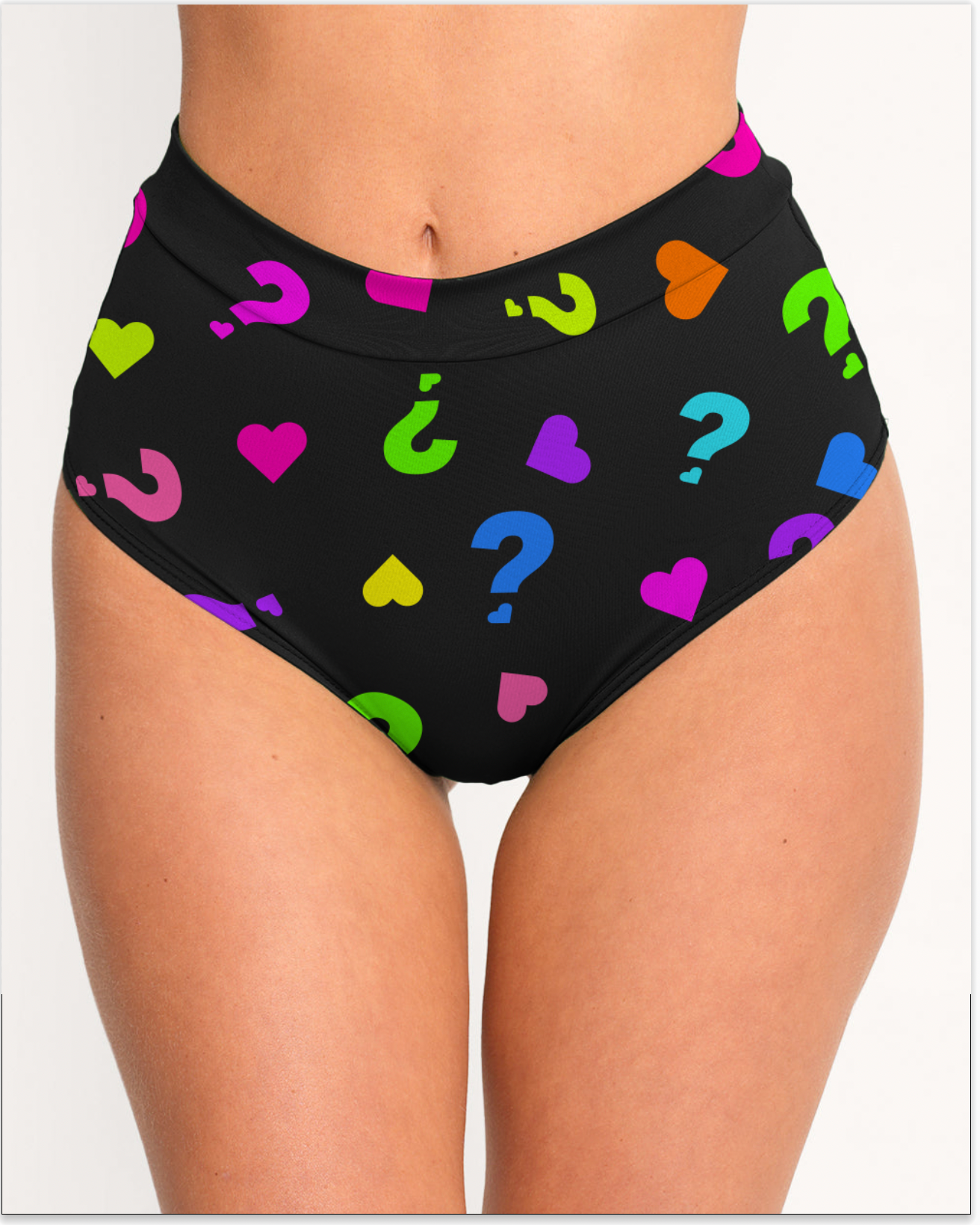

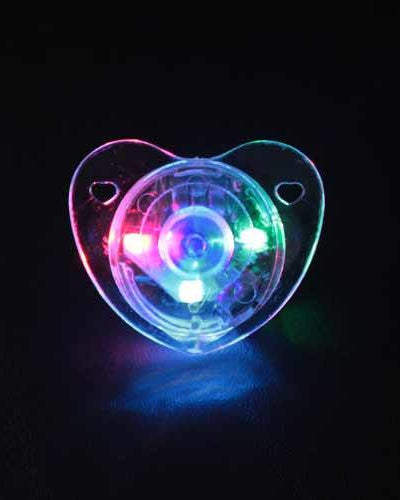

Comments
Great review!